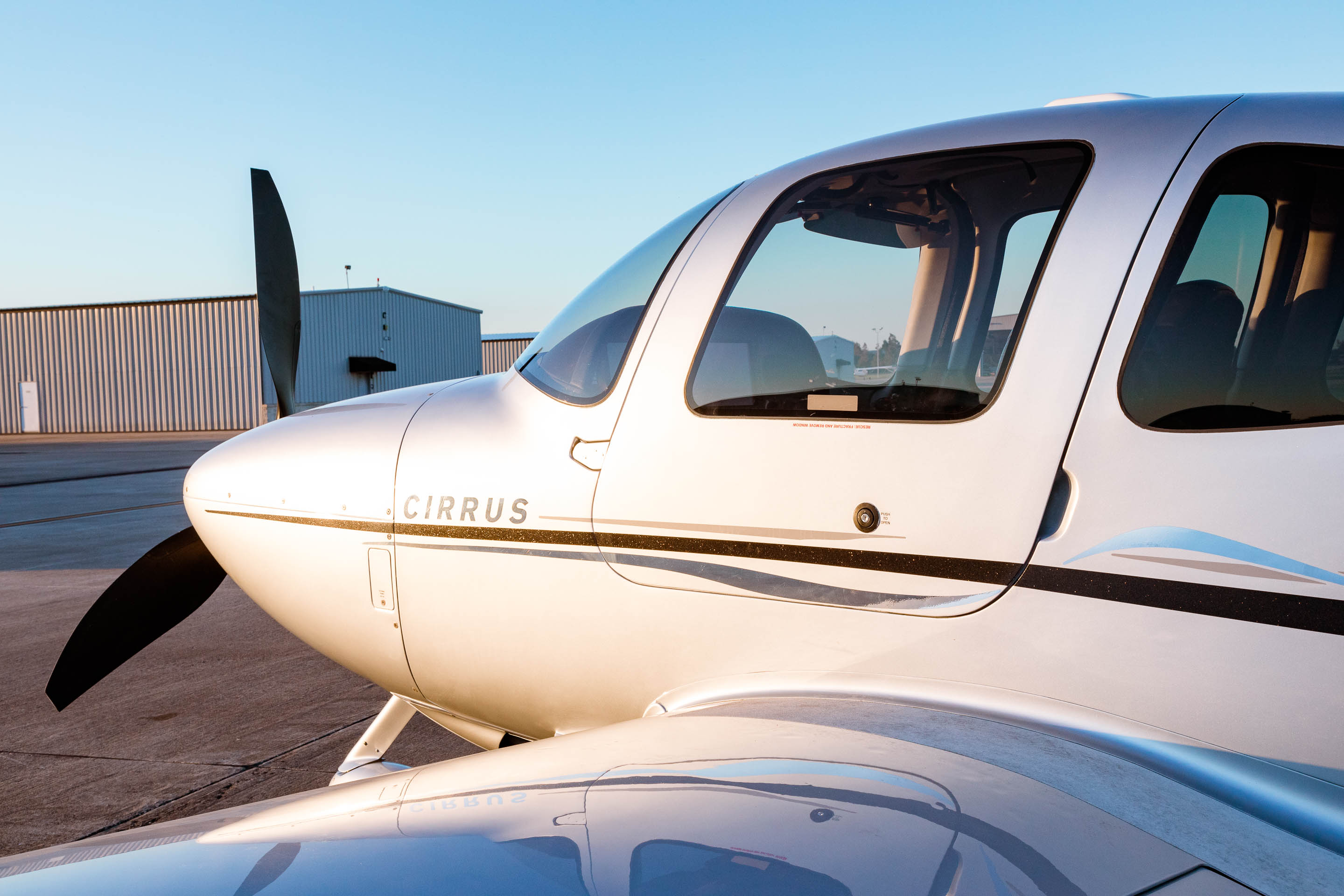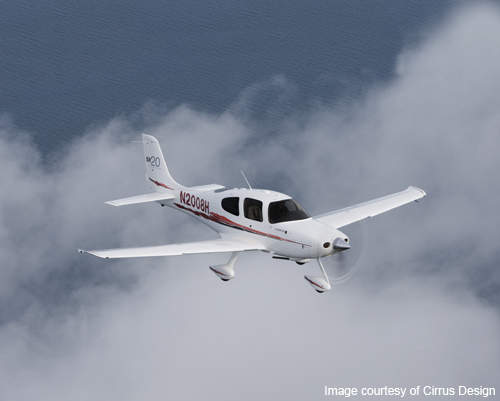


The overall economy (nautical miles per gallon) is going to be very close on both airplanes. For instance, FIKI, EVS, A/C on/off, etc. This varies based on operating parameters and installed equipment. In general, the TTx is approximately 5 to 15 knots faster than the SR22T. In the past, Cirrus used a turbo-normalizing system (SR22TN), but later switched to the Continental factory twin-turbocharger option similar to what Columbia/Cessna had been using. Each uses different methods of controlling the manifold pressure/RPM combination, but each has relatively similar performance. SR22T – Continental TSIO-550-K/Takeoff power 315 horsepower at 2500 RPM.įor all practical purposes, these engines are the same. TTx – Continental TSIO-550-C/Takeoff power 310 horsepower at 2600 RPM. (2 hrs 30 min at normal flow) Airframe Life TTx – 10 Gal (2 hrs 43 min at normal flow) SR22T – 77 cubic feet capacity FIKI (Flight Into Known Icing) System – TKS System Capacity / Duration SR22T – Normal category 3.8 G’s Max Altitude This allows for advanced aircraft design and laminar flow wings. Composite Designīoth airplanes are constructed primarily of composite materials. For this article, we will be comparing a 2015 Cessna TTx with FIKI vs. As expected, these comparisons are very biased and tend to skew information in a way that confuses potential buyers. Most comparisons I’ve seen are written by salespeople or marketing departments representing a specific manufacturer. Although they might fulfill similar missions, they each have their own benefits which will draw people to one or the other depending on their preferences. There are unique aspects to each airplane. I often get asked the question, “Which plane is your favorite: the TTx or the Cirrus?” My answer would be similar to your response if I asked you which of your kids is your favorite. Cirrus SR22T G5 Detailed Comparison of the Cessna TTx and Cirrus SR22T G5 An in-depth buyer’s guide to help you decide which plane is right for you


 0 kommentar(er)
0 kommentar(er)
